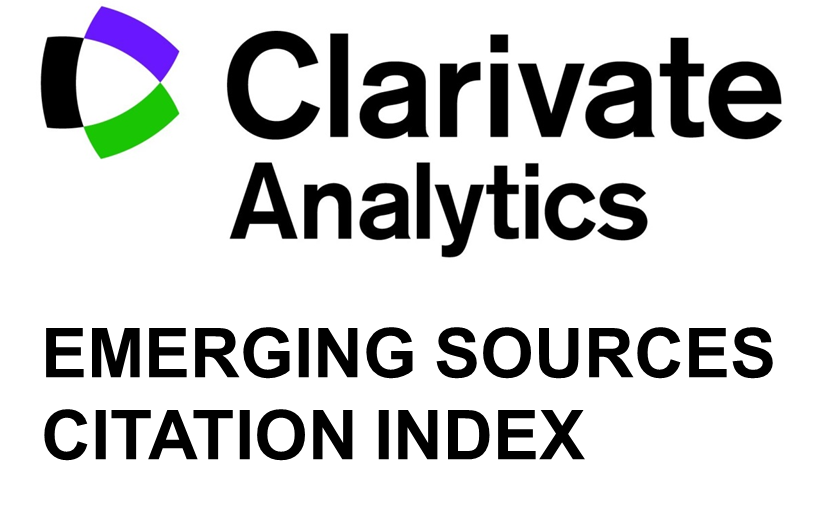Improvement of Color Quality and Luminous Flux of WLEDs with Dual-Layer Remote Phosphor Configurations
Tran Thanh Trang, Nguyen Doan Quoc Anh
DOI: 10.15598/aeee.v17i2.3198
Abstract
In comparison with the conformal phosphor or in-cup phosphor structure, remote phosphor structure has a superior luminous flux whereas its color quality is inferior to the others’. Due to this drawback, it is essential to conduct experiments to find the solution for the improvement of the color quality of WLEDs using remote phosphor structure. In this study, a dual-layer remote phosphor structure that is capable of enhancing the Color Rendering Index (CRI) and Color Quality Scale (CQS) for WLEDs was proposed. Three kinds of WLEDs with the similar structures but different color temperatures varying at 5600 K, 7000 K, and 8500 K are used in this article. The mission of this paper is to place a yellow-green emitting SrBaSiO4:Eu2+ phosphor layer or a red-emitting SrwFxByOz:Eu2+,Sm2+ phosphor layer on the YAG:Ce3+ phosphor layer and then select the most appropriate value of SrwFxByOz:Eu2+,Sm2+ concentration to get the greatest color quality. Experimental results were exactly as expected since SrwFxByOz:Eu2+,Sm2+ really succeeded in increasing CRI and CQS. Specifically, the larger the SrwFxByOz:Eu2+,Sm2+ concentration, the higher the CRI and CQS, resulting from the increase of the red light component in WLEDs. Meanwhile, the quality degree of luminous flux depends tightly on the SrBaSiO4:Eu2+ phosphor layer. However, if the SrwFxByOz:Eu2+,Sm2+ and SrBaSiO4:Eu2+ concentration exceeds, the luminous flux and color quality will have a tendency to drop off thanks to the theory of Mie scattering and the Lambert-Beer law. The result of this paper is a valuable reference in the production of high-quality WLEDs.






















